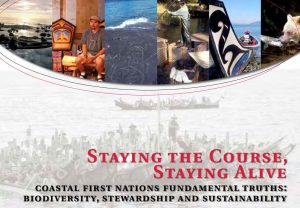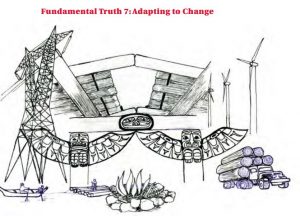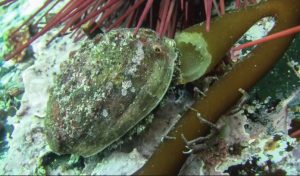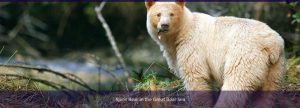In the process of researching the culture and technology relation for the indigenous culture, I looked to language as a starting point in exploring culture, as culture is in language, and to lose the language is to lose a large part of the culture. This led me to the article “The critical state of aboriginal languages in Canada” from 1998. The article lays out exactly as the title describes, and expounds upon the inherent right, treaty rights, and the need for constitutional rights for aboriginal people to protect their culture.
https://search-proquest-com.ezproxy.library.ubc.ca/docview/230325665?accountid=14656&pq-origsite=summon
The loss of languages and culture in itself is a sad occurrence, but it is made all the worse with the fact that aboriginal youth has high suicide rates, some have 800 times the national average. The article “Cultural Continuity as a Hedge against Suicide in Canada’s First Nations” explores the idea of cultural continuity protecting against suicide by providing the feeling of connection to land and community as well as identity and spiritual stability. It is stated that regions with preserved and rehabilitated cultures have dramatically lower incidences.
http://journals.sagepub.com/doi/abs/10.1177/136346159803500202
Knowing that culture preservation can be vital to youths places an urgency to teach it in the classroom. A great resource is “The Learning Circle: Five Voices of Aboriginal Youth in Canada” from the government of Canada. The downloadable PDF version contains five different perspectives of aboriginal children across Canada. This was created by synthesizing 15 interviews with three from each of five different communities. The package serves to help understanding aboriginal relationship to the land, the challenges aboriginal youths may face, and draws some comparisons to other youth. This is a class resource, with plenty of sources and activities for the classroom.
https://www.rcaanc-cirnac.gc.ca/eng/1329333584407/1534959534898
If the above resource is not enough, or perhaps there is a focus on the Inuit culture, consider checking out “Through Mala’s Eyes”. This is a learning resource package. This fully structured 90 page package contains with activities and sources to learn about Inuit through following an individual, Mala.
http://publications.gc.ca/collections/collection_2011/ainc-inac/R2-240-2003-eng.pdf
Aside from language, art is a large part of most cultures, indigenous included. The is less a teaching resource than an interesting bit of information I found when looking into how important indigenous art is to Canada. According to statistics published in 2017 by the government of Canada, in 2015, Inuit visual arts and crafts earned over $33 million net income, and generated an additional $17 million in economic activity. Those working in performing arts contributed $13.4 million to Canada’s GDP. The page goes further into a breakdown by region, type of art, employment, and economic impact. Might not be particularly useful for teaching, but does put the importance of the indigenous culture through an economic lens.
https://www.rcaanc-cirnac.gc.ca/eng/1499360279403/1534786167549




